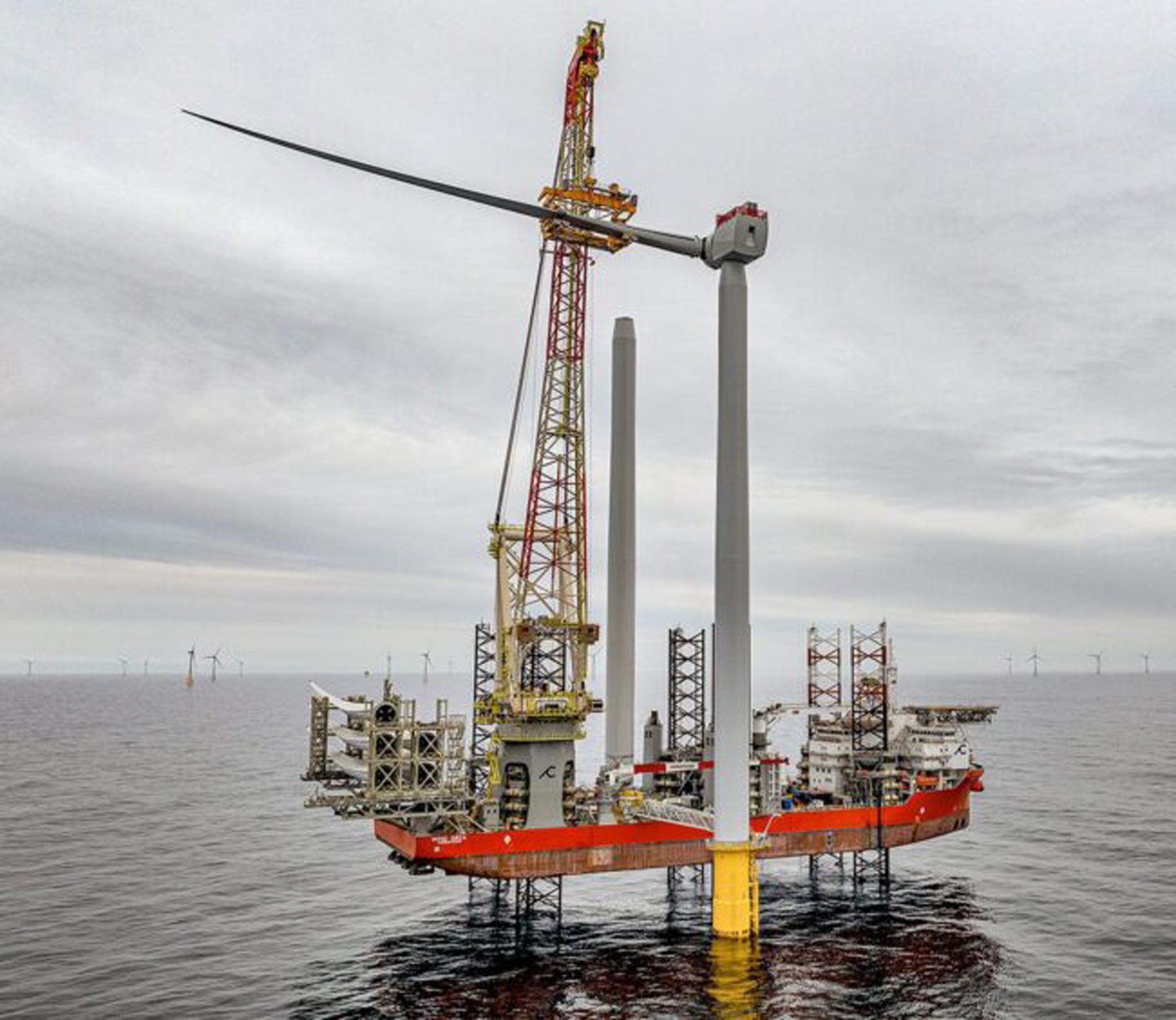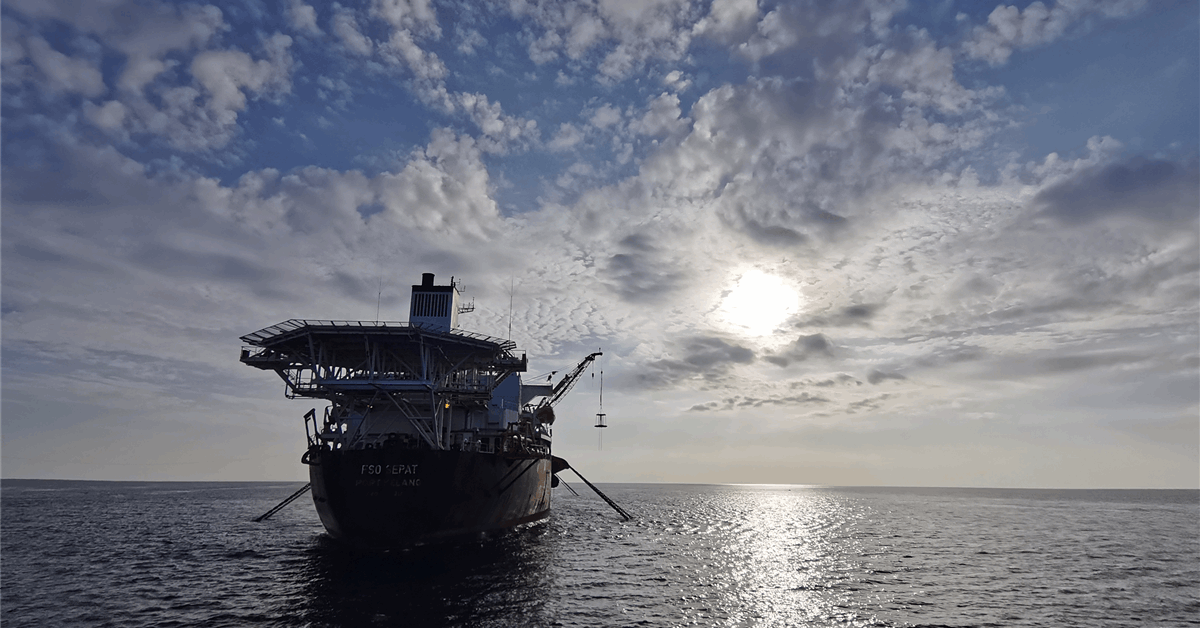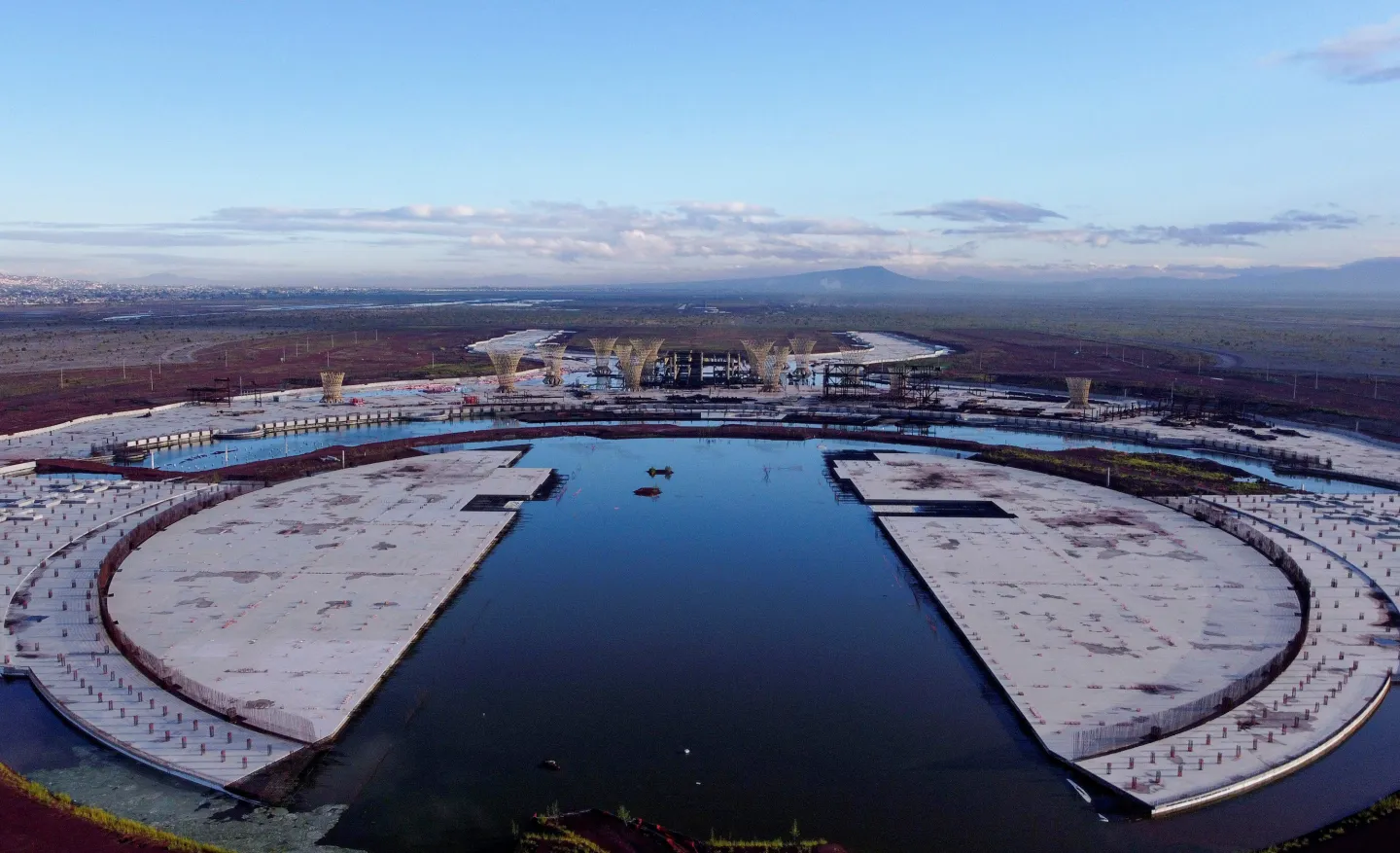Delays to a decision on zonal electricity pricing are an “albatross around the neck” of UK renewable energy developers, a parliamentary committee has heard.
Energy UK director of policy and advocacy Adam Berman said the review of electricity market arrangements (REMA) process has “gone on endlessly now”.
Berman said industry developers want to see a quick decision on locational pricing reforms as well as more information on “crucial elements” of how the scheme may be grandfathered in for existing projects.
He told the Energy Security and Net Zero committee hearing that “no one knows which way the government’s going to go” and called for clarity as soon as possible.
Launched in 2022 under the previous Conservative government, the REMA process is exploring reform options which could split the UK into regional electricity markets.
In December, the Department for Energy Security and Net Zero (DESNZ) said no decision has been taken between zonal pricing or “reformed national pricing”.
However, DESNZ confirmed the current status quo is “not an option”.
The issue of zonal pricing has divided the sector amid concerns over the potential impact on renewable energy investment, particularly in Scotland.
AR7 and zonal pricing concerns
Berman told Westminster MPs that unless a decision is made on zonal pricing soon, it could impact bids in the seventh renewable auction round (AR7) later this year.
The UK government is aiming to achieve the “biggest and most successful” renewables auction round ever in 2025, but Berman warned developers could simply walk away without clarity on zonal pricing.
“The government is not considering implementing any of this until after 2030, but nonetheless we have a lot of investment we need [up] until 2030,” he said.
 © Supplied by Ocean Winds
© Supplied by Ocean Winds“I think there’s every chance that if the government makes a decision in favour of quite substantial market change so close to an auction round, that the auction round could well not go the way the government wanted.”
Berman said the Contracts for Difference (CfD) process leaves developers with a very short window of time to submit bids after receiving the auction parameters.
“What essentially the government is saying is we’re going to radically transform the market and we’ll give you a month to figure out whether a 25 year asset is doable and at what price,” he added.
Berman said the government has yet to produce a “single detailed policy paper from the government as to how this would work”.
“Ultimately, we are undertaking a Herculean task to decarbonise the power sector by 2030,” he said.
“Anything that casts doubt or uncertainty in the mind of private business… I think is not a welcome distraction at this point in time.”
Zonal pricing debate
Industry bodies like RenewableUK, Offshore Energies UK, Scottish Renewables and Make UK have urged DESNZ to rule out zonal pricing.
They argue the “radical change” will lead to increased volatility and higher capital costs, while making UK manufacturing less competitive.
Similarly, major firms like SSE and ScottishPower say it’s “time to move on” from the “distraction” of the zonal pricing debate.
Meanwhile, proponents like Octopus Energy argue zonal pricing will correct inefficiencies in the system and save consumers billions.
The Energy Systems Catapult says zonal pricing is the “only option” that can efficiently integrate renewables onto the grid and “build the foundation for net zero”.
With the UK set to build significant offshore wind capacity off the coast of Scotland, transporting the electricity to the south will require huge investments in infrastructure.
Introducing locational incentives could encourage firms to build generation in areas where they can receive a higher price for electricity, mostly in the south of England.
This would reduce the need for future investments in overhead transmission lines and subsea cables, potentially avoiding protracted planning battles.
In addition, zonal pricing could lead to Scotland having the lowest power prices in all of Europe, facilitating energy intensive industries such as green hydrogen production.
Recommended for you

Improve electricity trading with EU to bring down bills, UK government urged























